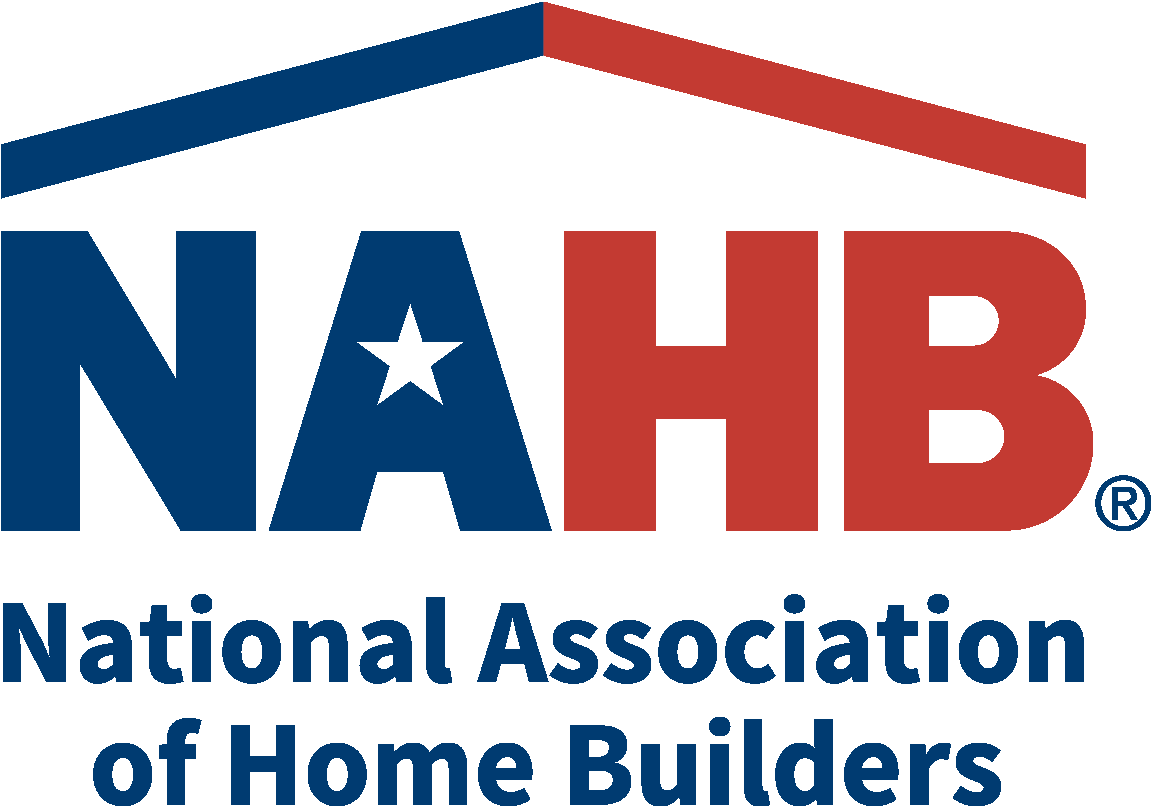Families Must Spend 38% of Their Income on Mortgage Payments
In a clear sign illustrating the housing affordability challenges facing Americans, the National Association of Home Builders (NAHB)/Wells Fargo Cost of Housing Index (CHI) found that in the fourth quarter of 2024, a family earning the nation’s median income of $97,800 needed 38% of its income to cover the mortgage payment on a median-priced new home. Low-income families, defined as those earning only 50% of median income, would have to spend 76% of their earnings to pay for the same new home.
The figures track closely for the purchase of existing homes in the U.S. as well. A typical family would have to pay 37% of their income for a median-priced existing home while a low-income family would need to pay 74% of their earnings to make the same mortgage payment.
“The Cost of Housing Index should serve as a wake-up call for policymakers on the need to enact policies that get at the core of the nation’s housing affordability crisis – eliminating barriers that prevent builders from increasing the supply of new homes and apartments,” said NAHB Chairman Carl Harris, a custom home builder from Wichita, Kan. “NAHB’s 10-point housing plan outlines key actions that officials at all levels of government can take to achieve concrete results to lower construction costs and boost housing production. These include eliminating burdensome regulations, addressing inefficient building material supply chains, and overturning inefficient local zoning rules.”
There was no change in the percentage of a family’s income needed to purchase a new home (38%) between the third and fourth quarters of 2024, but affordability did decline slightly for low-income families, rising from 75% to 76%.
Meanwhile, affordability of existing homes edged higher for both median- and low-income families between the third and fourth quarter. The CHI indices were 37% and 74% in the fourth quarter vs 38% and 75%, respectively, in the third quarter. The slight uptick in affordability was due to median existing home prices falling 2% from the third quarter to the fourth quarter of 2024.
“The latest CHI data clearly show there is an urgent need to tackle the nation’s housing affordability crisis,” said NAHB Chief Economist Robert Dietz. “In order to bend the rising cost curve and provide more affordable homeownership and rental housing opportunities for all Americans, policymakers must remove regulatory impediments and create a better business climate to allow builders to construct more attainable, affordable housing.”
The NAHB/Wells Fargo Cost of Housing Index, or CHI, is a quarterly analysis of housing costs in the U.S. and at the metropolitan area level. The CHI represents the share of a typical family’s income needed to make a typical mortgage payment. The mortgage payment is calculated by taking median home prices, assuming a 10% down payment, and adding taxes, insurance and PMI. Median family income is published by the Department of Housing and Urban Development. A low-income CHI is also calculated for families earning only 50% of the area’s median income.
The U.S. data for the percentage of earnings needed to purchase a new home in the fourth quarter is based on a national median new home price of $419,200 and median income of $97,800. The fourth quarter median new home price is down slightly from $420,400 in the third quarter. The corresponding price for an existing home in the fourth quarter is 410,100, down from $418,700 in the previous quarter. The average 30-year mortgage rate increased from 6.60% in the third quarter to 6.72% the fourth quarter.
HUD defines cost-burdened families as those “who pay more than 30% of their income for housing” and a severe cost burden is defined as paying more than 50% of one’s income on housing.
The CHI breaks down the percentage of a family’s income needed to make a mortgage payment on an existing home in 176 metropolitan areas based on the local median home price and median income. Percentages are also calculated for low-income families in all of these markets.
In 10 out of 176 markets in the fourth quarter, the typical family is severely cost-burdened (must pay more than 50% of their income on a median-priced existing home). In 85 other markets, such families are cost-burdened (need to pay between 31% and 50%). There are 81 markets where the CHI is 30% of earnings or lower.
The Top 5 Severely Cost-Burdened Markets
San Jose-Sunnyvale-Santa Clara, Calif., was the most severely cost-burdened market on the CHI, where 87% of a typical family’s income is needed to make a mortgage payment on an existing home. This was followed by:
- Urban Honolulu, Hawaii (74%)
- San Diego-Chula Vista-Carlsbad, Calif. (69%)
- San Francisco-Oakland-Berkeley, Calif. (69%)
- Naples-Marco Island, Fla. (65%)
Low-income families would have to pay between 129% and 174% of their income in all five of the above markets to cover a mortgage.
The Top 5 Least Cost-Burdened Markets
By contrast, Decatur, Ill., was the least cost-burdened markets on the CHI, where typical families needed to spend just 16% of their income to pay for a mortgage on an existing home. Rounding out the least burdened markets are:
- Cumberland, Md.-W.Va. (17%)
- Springfield, Ill. (17%)
- Elmira, N.Y. (19%)
- Peoria, Ill. (19%)
Low-income families in these markets would have to pay between 31% and 39% of their income to cover the mortgage payment for a median-priced existing home.
Please visit nahb.org/chi for tables and details.
